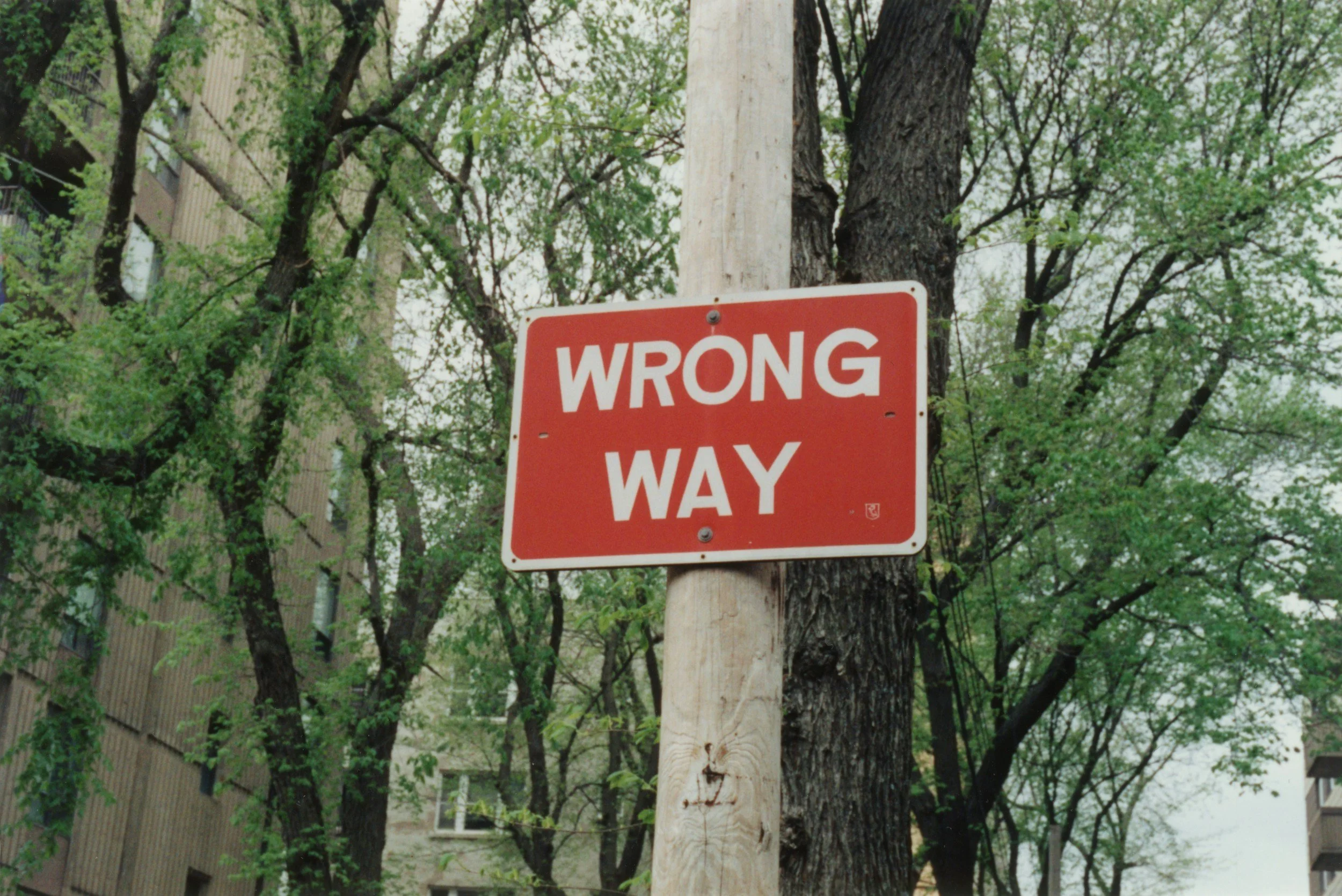Grammarly Doesn’t Always “Grammar” Right, Studies Show
The software is helpful but sometimes misses the mark.
Photo by Randy Laybourne on Unsplash
My beef with Grammarly is twofold: One, it doesn’t catch all errors; two, it introduces errors to the content. (Which, by the way, is a golden rule of copyediting: Never introduce an error.) Grammarly often suggests “fixes” that aren’t correct.
Dorothy Mayne, faculty associate at the University of Wisconsin-Madison’s writing center, wrote a blog post that examined Grammarly as a tool, particularly for ESL students. She highlighted examples of inaccurate suggestions Grammarly made, which included adding commas and articles (a, the) where it would be incorrect to do so.
(As her blog post notes from this 2014 study on Grammarly, the software doesn’t provide positive feedback to writers, which is a huge part of what editors do.)
A 2021 study of Grammarly, cited in this blog post by Brigham Young University’s editing blog “Editing Research,” found that 66 percent of the errors the software detected were accurate. Grammarly did not detect 7 percent of the errors in the content. The authors of the study (linked below) wrote, “The usage of Grammarly as a stand-alone product may not be optimal.”
Even Grammarly’s users agree the tool is a great backup but not totally reliable. A blog post for writers and content marketers from “The Blog Smith” rounded up a selection of reviews.
Here’s one: “I’ve used the full paid version in the past, but found it cumbersome to sort through which of their recommendations were correct and which weren’t. I think you need to know your grammar rules pretty well yourself to know when to override it,” says a Grammarly user named Kathy Krueger.
Other complaints included that Grammarly didn’t know industry jargon and didn’t apply well in creative content that could have a unique voice.
To sum it up, Grammarly is a “useful but imperfect tool,” as Mayne wrote.
As an editor, I find Grammarly helpful in spotting misspellings of proper nouns, quickly identifying and fixing hyphenations, and double-checking subject-verb agreement. But in every piece of content I use it for, I’m rejecting some of Grammarly’s suggestions as well as accepting others.
If you’re a writer, it’s a great idea to apply Grammarly and a spell-checker to your writing before you submit your project. Editors are always appreciative when writers send them content that’s as clean as they could make it. But Grammarly isn’t what’s going to make your document publication-ready. A human editor is.
***
Enjoy this post? Buy me a coffee in support.
Hi, I’m Jaime, editor and owner of Pristine Editing LLC. To get to know me better, and for more editing tips, sign up for my quarterly email newsletter! You can also follow me on LinkedIn and Instagram. My website is pristineediting.com, and there you can find my free style guide template.
Why Is Copyediting Important?
Copyediting is quality assurance.

Photo by Clément Falize on Unsplash
Think you can get away with not copyediting your content? Think again.
Your audience values error-free content. The quality of your written content affects their purchases and their perception of your brand.
No matter what type of content you are releasing to the world, you need a copy editor. Nothing says unprofessional and untrustworthy like poor language.
Plenty of research confirms the value of copyediting.
Copyediting is an important function for the integrity of both print and digital content, a 2007 study reported.
Readers can tell when a news article isn’t edited, and it affects their perceptions about the news and their willingness to pay for it, according to a 2015 study. Even college-aged people value edited content free of errors: “Digitally savvy young people picked up on editing differences and reacted negatively to unedited content,” says an American Press Institute blog post about the study.
People have similar standards for marketing copy. A SurveyMonkey survey found that 85% of millennials are less likely to buy a product advertised with errors, and the same is true for 83% of people with a household income of $75,000 and higher.
Poor spelling and grammar are warning signs of an email scam.
And, of course, editing contributes to the success of books: 74% of book authors who earned more than $5,000 in sales invested in editing, while 53% of authors who earned less than $100 in sales did not invest in editing, according to a 2017 BookBaby survey of nearly 8,000 indie authors.
But I get it. You have a lot on your plate. Editing your content falls by the wayside in the rush to share it with the world.
That’s where Pristine Editing comes in!
We offer professional editing services that integrate seamlessly into your existing workflow. Send us your copy, turn your attention to other tasks, and in no time at all, we’ll return your pristine content to you.
Your audience will get the full impact of your words without being distracted by weird phrasing or misplaced punctuation.
Whether you’re a publication with tight deadlines, a freelancer or a small business launching a website and a newsletter, or a large company or organization about to release a white paper or cross-platform marketing campaign, Pristine Editing can contribute to the unwavering high reputation of your brand.
Kick-start a conversation with Pristine Editing by filling out this two-minute project request form.
Enjoy this post? Buy me a coffee in support.
Hi, I’m Jaime, editor and owner of Pristine Editing LLC. To get to know me better, and for more editing tips, sign up for my quarterly email newsletter! You can also follow me on LinkedIn and Instagram. And don’t miss out on my free style guide template.
